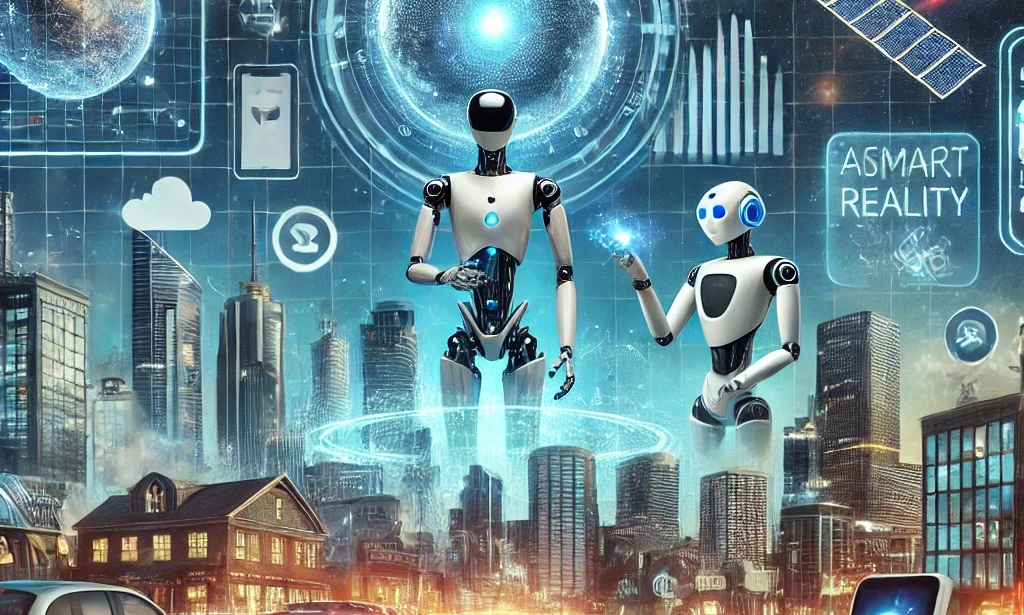From Sci-Fi to Reality: Technologies Predicted by Movies That Exist Today
Science fiction has always been a window into the future, allowing filmmakers to imagine worlds beyond our time. What’s fascinating is how many of these imagined technologies have become a reality. From artificial intelligence to space travel, the line between fiction and reality continues to blur.
One of the most iconic examples is video calling. In movies like "2001: A Space Odyssey" and "Blade Runner", characters communicate through screens, a concept that seemed futuristic at the time. Today, apps like Zoom and FaceTime have made video calls an everyday part of life.
Artificial intelligence has also made its way from the big screen into our homes. Films like "I, Robot and Ex Machina" explored the possibilities and risks of AI-powered machines. While we may not yet have robots with human emotions, virtual assistants like Siri, Alexa, and ChatGPT are clear steps in that direction. AI is now handling customer service, driving cars, and even creating music and art.
Self-driving cars were once considered a distant dream. Movies like Total Recall and Minority Report showcased automated vehicles transporting people without human intervention. Today, companies like Tesla and Waymo have developed self-driving technology, proving that what was once fiction is becoming a reality.
Wearable technology has also transitioned from sci-fi to real life. Films like Back to the Future Part II showed people wearing smart glasses and advanced clothing. Today, we have smartwatches, augmented reality glasses, and even clothing that monitors health. Devices like the Apple Watch and Google Glass have brought futuristic tech straight to our wrists and eyes.
Space travel and colonization have been common themes in science fiction. Movies like *Interstellar* and *The Martian* depicted humans traveling beyond Earth, and while interstellar travel is still out of reach, private companies like SpaceX and Blue Origin have taken major steps toward space tourism and Mars exploration. The idea of colonizing another planet is no longer just a fantasy.
Holograms have fascinated audiences for decades. In *Star Wars*, Princess Leia’s message was delivered through a holographic projection. Today, hologram technology is being used in entertainment, business presentations, and even live performances of deceased artists. Although not as advanced as in the movies, the technology is developing rapidly.
Biometric security, including facial recognition and fingerprint scanning, was once a feature of sci-fi thrillers like *Minority Report*. Today, these technologies are embedded in smartphones, airports, and security systems worldwide. AI-powered surveillance can now track individuals in real time, raising concerns about privacy just as sci-fi films predicted.
3D printing has also turned fiction into reality. In *The Fifth Element*, a machine prints an entire human body. While we aren’t at that level yet, 3D printing is being used to create prosthetics, homes, and even food. Scientists are also experimenting with bioprinting, which could lead to the printing of human organs in the future.
Science fiction has a long history of inspiring real-world innovation. Many of the technologies that once seemed impossible are now part of our daily lives. As we continue to push the boundaries of science and technology, it’s only a matter of time before today’s sci-fi concepts become tomorrow’s reality.

You must be logged in to post a comment.